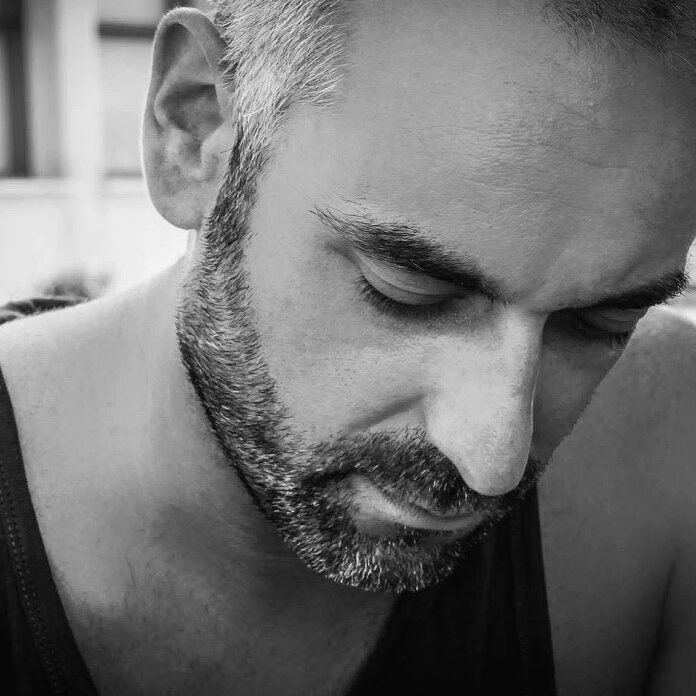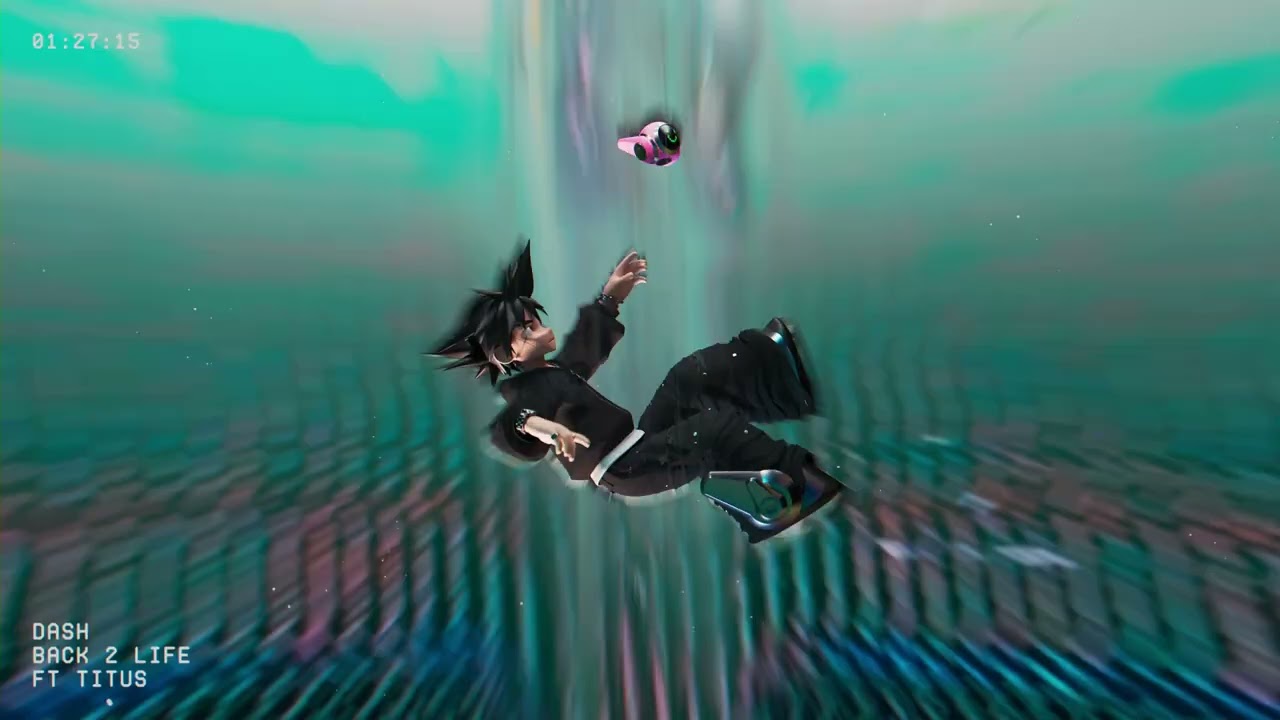Princess Mononoke is by far the most violent of Hayao Miyazaki's films, and it's just behind The Wind Rises as his darkest. It was rated PG-13 in the United States and is often considered a work of "adult animation." But what audience did Miyazaki actually make Mononoke for?
Based on the interviews with Miyazaki collected in the book Turning Point: 1997-2008, it seems Miyazaki's thoughts on Princess Mononoke's target demographic were rather nebulous. At the film's press conference at Berlin International Film Festival in 1998, Miyazaki said he originally intended Mononoke for teenagers, but that as production progressed, "I lost sight of whom I intended as my audience. People of differing ages came to see the film." And Miyazaki is surprisingly positive about letting kids as young as kindergarten age see his dismemberment-filled, depression-influenced epic.
Is Princess Mononoke For Young Children?
In a 1997 interview with the magazine Cine Front, Miyazaki states that Princess Mononoke's depiction of the struggle between man and nature is "what I want elementary school children to see. Kindergarteners may cry at the brutal scenes. Since those scenes deal with problems of life and death, I really wanted to depict them so they could be understood just as they are. I also don't want people to dismiss the presence of blood as something horrifying."
The idea that children as young as five should watch such a violent film was shocking to many at the time. When one reporter in Berlin claimed the film was too violent for kids, Miyazaki responded, "I am fully aware of that opinion. But children most certainly have violence within them. Unless we touch upon that, I don't think the film can be convincing to children."
When interviewed with Roger Ebert in 1999, Miyazaki elaborated on how his target audience grew younger and younger as work on Princess Mononoke progressed: "When I began making this film, I didn't want small children to see it. But as the film neared completion, I started to think that young children would more intuitively understand the essence of the film." Acknowledging that not all parents would want their kids to see the film, Studio Ghibli specifically highlighted the most brutal scenes in TV advertisements as a content warning for parents.
Whatever Age, Princess Mononoke Is For Those Struggling With Depression
Hayao Miyazaki's perspective on Princess Mononoke's child-appropriateness is wrapped up in his own complicated views of childhood. Like many experts, he believes parents should not be letting kids under three years old watch any television whatsoever and thinks screentime for older kids should be limited. More controversially, he believes that elementary school educations should be more focused on a combination of play and survival skills rather than reading or math.
The running thread in all of Miyazaki's cultural analysis is a perception of generations growing increasingly depressed, and a sense of empathy based on his own childhood struggles with depression. His 1998 article "Recalling the Days of My Youth" for The Akahata Sunday Edition opens with the sentence, "When I was a child, I thought it might have been a mistake that I was born." Though the young Miyazaki was well-behaved and a "good kid," "inside was a timid self full of anxiety and fear." It's this perspective that fills Miyazaki's work, Princess Mononoke especially.
In the Berlin press conference, Miyazaki made one absolute definitive statement about who Princess Mononoke is not for: "this film is not for people who are psychologically healthy and strong." He intentionally made the characters less expressive than usual because he felt the more restrained style "would allow people who feel plenty of pain and hurt to fully understand the hurt felt by Ashitaka and San." Miyazaki acknowledges that the finished film will likely be somewhat confusing to "happy and healthy people."
So there you have it: Princess Mononoke is a film originally meant for teenagers that small children, possibly even crying kindergarteners, are encouraged to see by its director, but only if they're depressed or otherwise neuroatypical.
Hayao Miyazaki's Turning Point: 1997-2008, translated by Beth Carey and Frederick L. Schodt, is available in English from Viz Media.
About The Author

